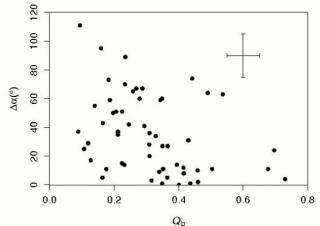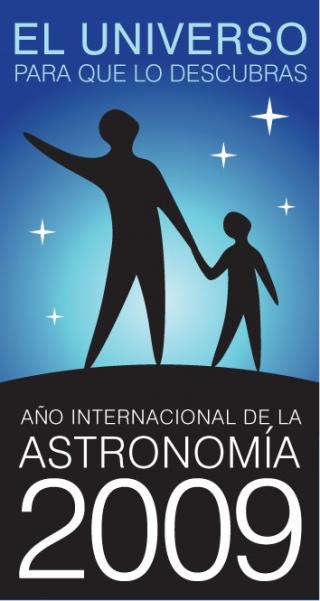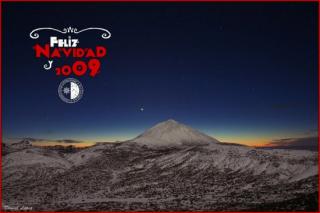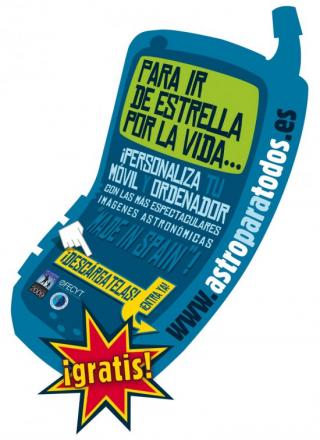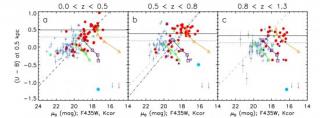
The ideas on the formation history of disk galaxy bulges can beconfronted with direct observations of high redshift bulge precursors. Of vital importance is the search for strong episodes of star formation in the nuclei of the galaxies. Those episodes can result from secular processes that drive material from the outer regions inward, related to the phenomenon of the pseudobulges in the local Universe. Alternatively, they can be a consequence of rejuvenation procesess of old and red classical bulges formed at high redshifts. It is possible to distinguish between both types of bulges using a
Advertised on
